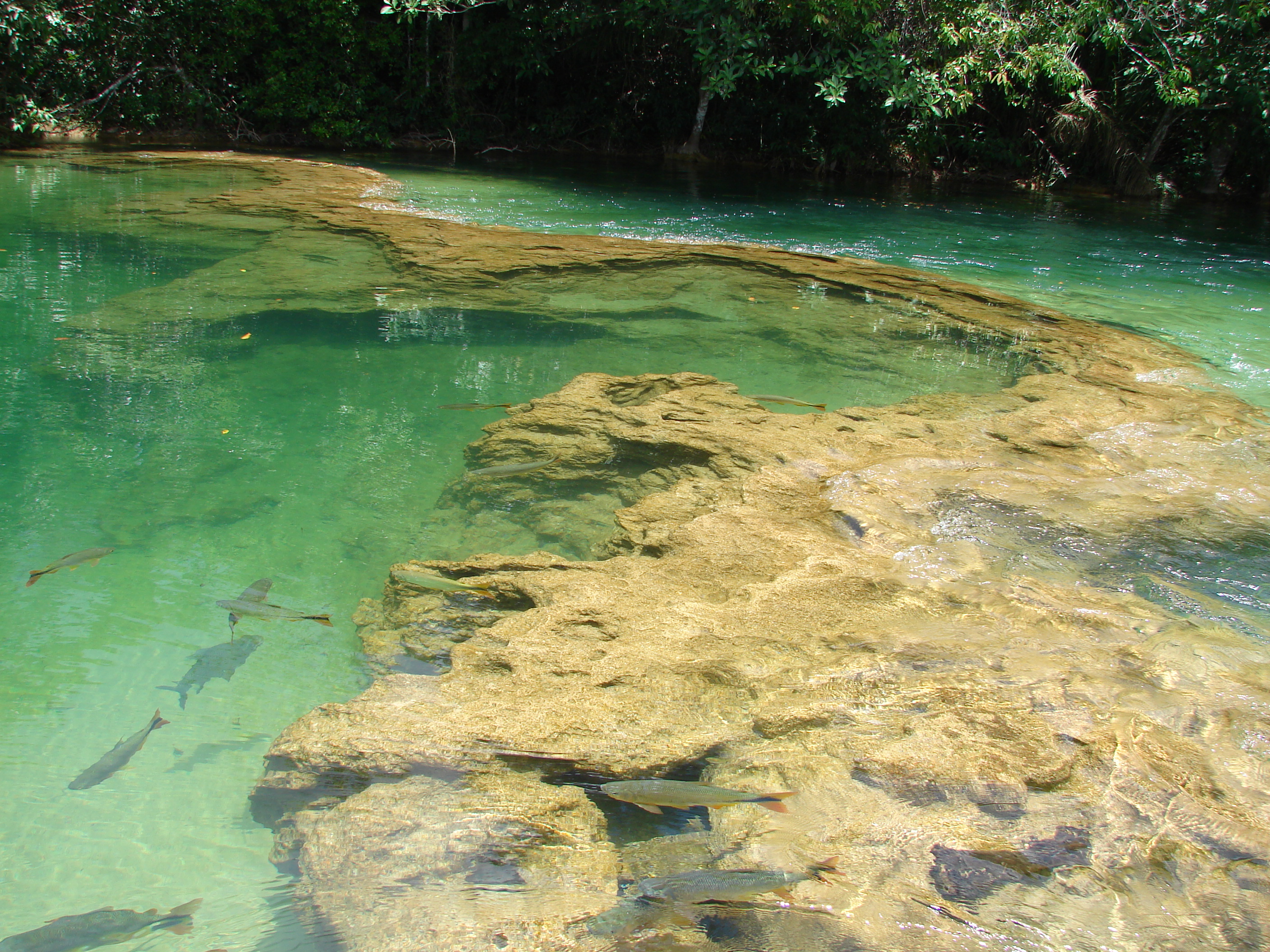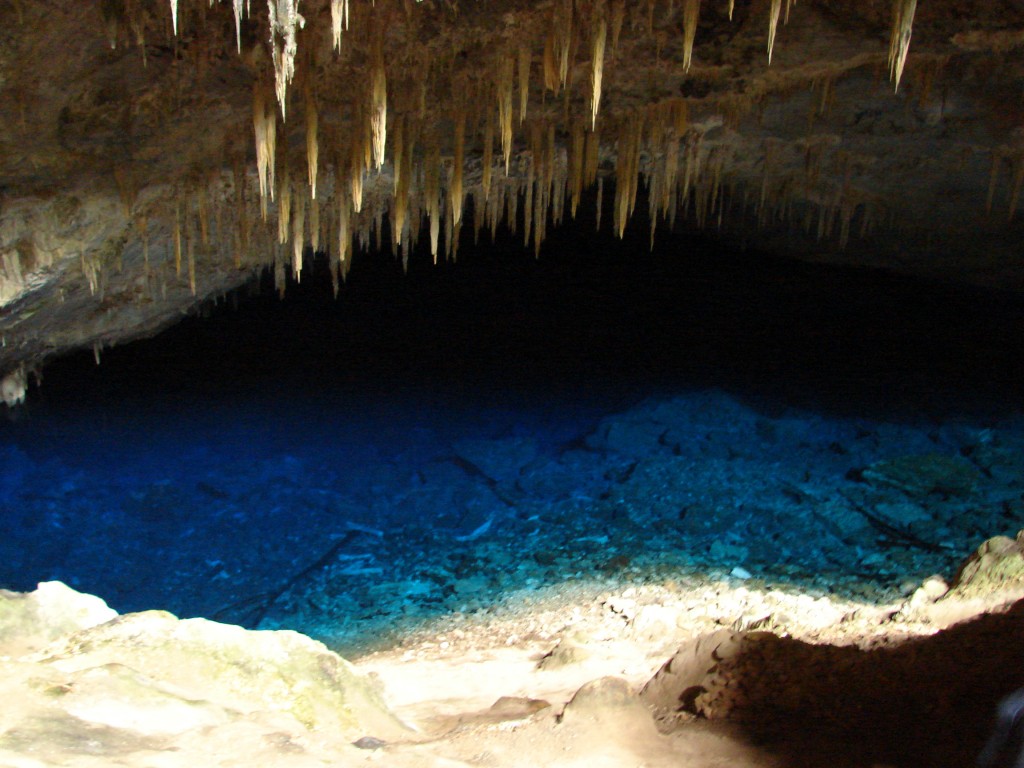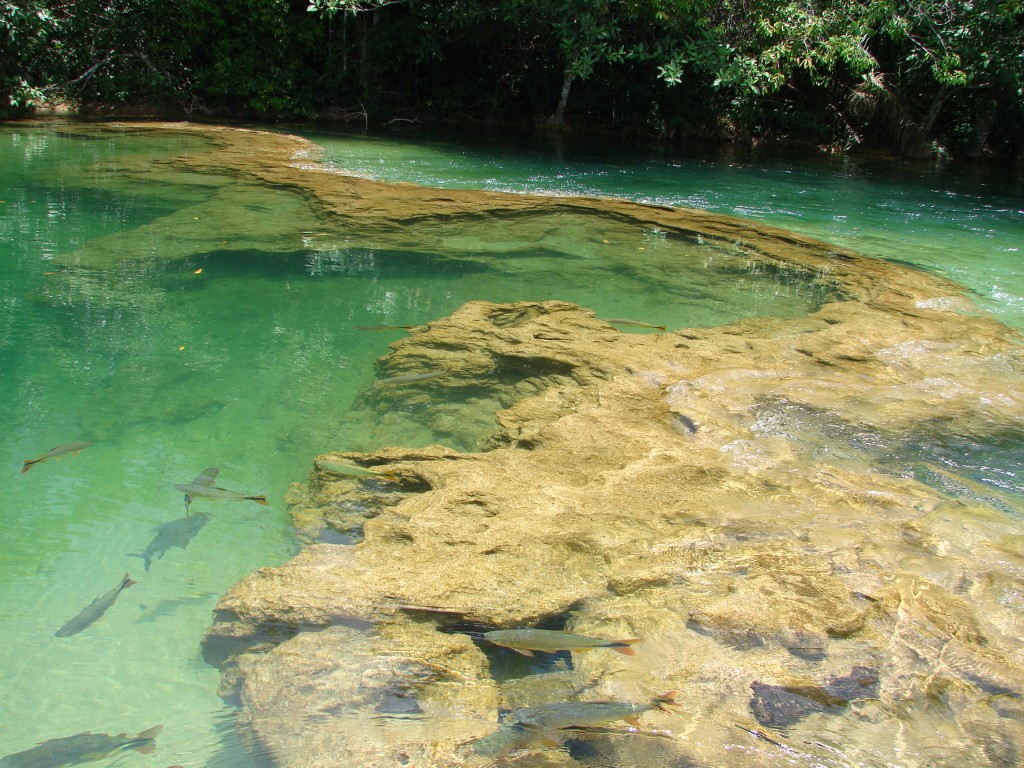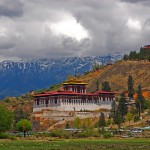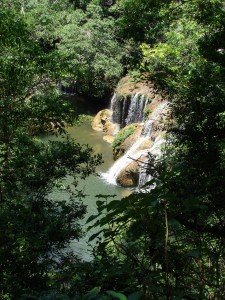 Last week in London, the Responsible Tourism Awards took place as part of the annual World Travel Market. The category of “Best destination for responsible tourism” was won by Bonito, an eco-tourism destination in Brazil, which received praise for its natural beauty and methods for limiting human impact on nature. All the more reason to take a closer look at this very special holiday destination.
Last week in London, the Responsible Tourism Awards took place as part of the annual World Travel Market. The category of “Best destination for responsible tourism” was won by Bonito, an eco-tourism destination in Brazil, which received praise for its natural beauty and methods for limiting human impact on nature. All the more reason to take a closer look at this very special holiday destination.
Bonito is one amongst a handful of small towns spread out over an extensive jungle area in the state of Mato Grosso do Sul in the south-west of Brazil. Tourists typically start their journey in the state capital Campo Grande, which can safely be said to be located in the middle of nowhere. Plagued by the city’s inescapable dry heat and the sight of garbage pollution in the streets, travelers are probably happy that the transit in Campo Grande is of short duration. Next, a van abridges the 300 km driving distance between the capital and the grand destination: Bonito. For hours the van passes dry, desolate land without meeting a living soul, but finally the forest becomes denser, and sightings of macaws and toco toucans reveal the first bits of Bonito’s natural splendor.
“Bonito” means “beautiful” in Portuguese, and this is not an overstatement. Crystal clear rivers, lovely waterfalls for bathing and dozens of magnificent caves make it a true paradise for nature lovers. The abundance of limestone in the area has given the rivers an incredible transparency, which is paralleled by few other places on earth. Active work with sustainable tourism in the area has led to the development of a system that aims to control stress on the natural environment. Visits are always organized and programmed by travel agencies, who offer a range of tours. Each tour, then, has a limited amount of places in accordance with nature’s coping capacity. Since the system is unified for the entire region, it ensures that no travel agency can sell tickets when a tour is already full.
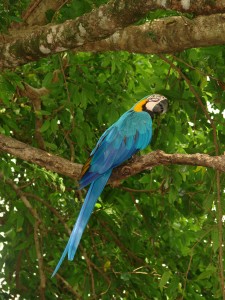 Probably the most special thing about Bonito is that it offers the rare opportunity to – quite literally – emerge oneself in a different world. Rivers are natural aquariums, giving snorkelers free insight in the quiet life underneath the water surface where many-colored fish species slowly swim by. There are caves so intriguing and so deep under the ground that the land of daylight up ahead seems strangely out of reach. Animals are encountered as they go about their daily life: hummingbirds with glittering bellies hovering in mid-air in front of their favorite flower, juvenile coatis playing and falling in trees, and a female capuchin monkey following her troop on their trail through the treetops, the baby on her back tightly gripping her fur. Anacondas and cayman that are known to live in the area pose their own particular mysterious threat, and may suddenly be encountered anywhere both on land and in the water.
Probably the most special thing about Bonito is that it offers the rare opportunity to – quite literally – emerge oneself in a different world. Rivers are natural aquariums, giving snorkelers free insight in the quiet life underneath the water surface where many-colored fish species slowly swim by. There are caves so intriguing and so deep under the ground that the land of daylight up ahead seems strangely out of reach. Animals are encountered as they go about their daily life: hummingbirds with glittering bellies hovering in mid-air in front of their favorite flower, juvenile coatis playing and falling in trees, and a female capuchin monkey following her troop on their trail through the treetops, the baby on her back tightly gripping her fur. Anacondas and cayman that are known to live in the area pose their own particular mysterious threat, and may suddenly be encountered anywhere both on land and in the water.
Sometimes when people have enjoyed a pristine tourist destination they secretly hope that not many others will discover it out of fear that mass tourism will change its character forever. In the case of Bonito it is a real solace to know that nature preservation is still high on the list, and that prevention rather than curing of problems is the overriding policy in this exceedingly beautiful spot on earth.
Text: Margit de Boer
Photo: Henrique Angelo

